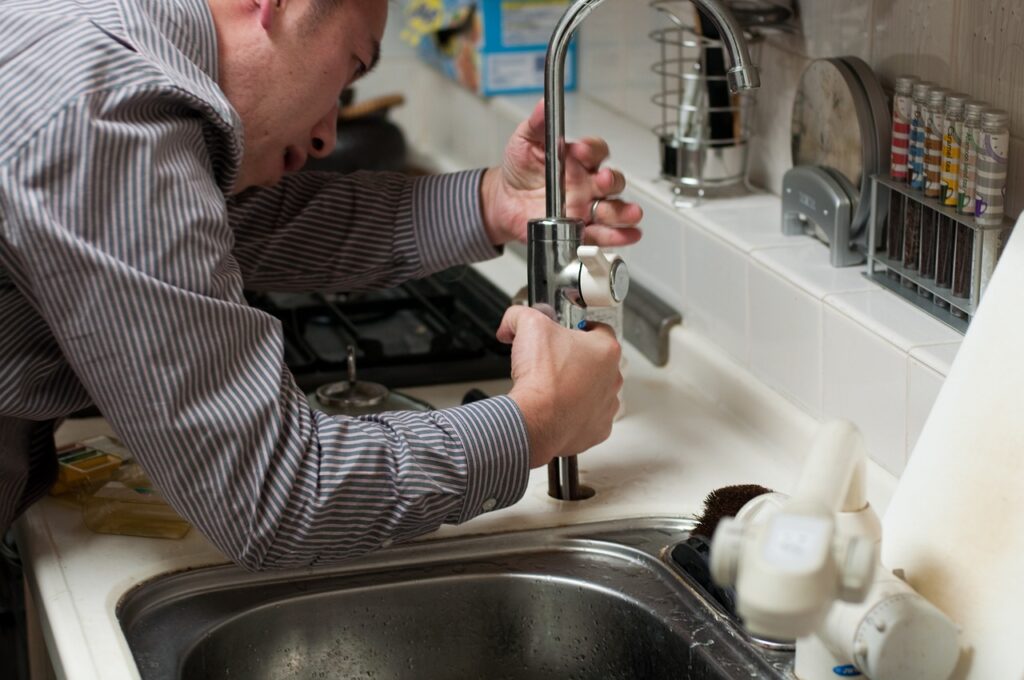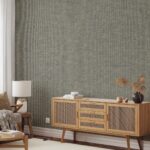You’ve picked your tiles, chosen the perfect paint, and even bought that minimalist floating vanity you saw on Pinterest. But before you start swinging the hammer, there’s a less glamorous side of remodeling that can quietly sabotage the entire project: plumbing.
It’s what you don’t see behind the walls and under the floors that can end up costing the most.
The Classic “Everything Looked Fine… Until It Didn’t”
Many homeowners start remodeling projects assuming the existing plumbing is in decent shape. After all, if the water runs and the toilet flushes, everything must be fine, right? Not necessarily.
Plumbing systems, especially in older homes, can have deteriorated pipes, improper slopes, outdated materials (hello, galvanized steel), and hidden leaks that aren’t visible until demolition begins. And once you’ve started tiling or framing, uncovering these problems can mean undoing expensive work.
Common Plumbing Issues That Disrupt Remodels
1. Outdated or Incompatible Piping
If your home still has galvanized or polybutylene pipes, replacing them should be part of your remodeling scope. These materials are more prone to corrosion, leaks, and failure. Modern PEX or copper piping is more durable and up to current code.
2. Poor Venting
A plumbing system without proper venting can lead to slow drains, bad smells, and even health hazards. This is often missed during surface-level updates like replacing vanities or toilets.
3. Hidden Leaks
Water damage behind walls can go unnoticed for years. Mold, wood rot, and warped framing are only discovered when drywall is removed. Fixing these issues mid-project delays everything and inflates your budget.
4. Poor Fixture Placement
Many remodels focus on aesthetics — not usability. Poorly planned layouts can lead to clunky pipe rerouting, weak water pressure, or fixtures that don’t drain properly. Plumbing should be part of the design conversation, not an afterthought.
Talk to a Plumber Early — Not in Crisis
This is the golden rule that most homeowners learn too late. A qualified plumber can assess existing systems, help plan fixture placement, and spot problems that could derail your renovation before they happen.
According to Super Brothers, a licensed plumbing company serving Sacramento and Northern California, nearly half of their remodel-related calls come after issues have already begun. In many cases, had they been called during the planning phase, thousands could’ve been saved in rework and water damage.
It’s not about selling services — it’s about avoiding disaster.
Budget for the Unseen
A good remodeling budget has a built-in buffer for unexpected problems. When plumbing is involved, you’re almost guaranteed to find surprises. Don’t allocate every cent to fixtures and finishes — leave room for pipe replacements, subfloor repairs, and emergency shut-offs.
When to Rethink DIY
There’s no shame in calling in professionals. Plumbing is one of the few trades where a small mistake can lead to serious (and expensive) consequences. Installing a faucet? Go for it. Rerouting drainage under a new walk-in shower? Probably not a weekend project.
Professional plumbing services ensure compliance with local building codes, provide warranties, and save you from the very real nightmare of tearing out newly finished work to fix a hidden leak.
Preventative Tips for Remodelers
- Have your system inspected before demolition begins
- Replace any outdated pipes while walls are open
- Install proper shut-off valves for every new fixture
- Consider water pressure-balancing valves for multi-fixture bathrooms
- Use moisture-resistant drywall and sealant around plumbing openings
Final Thoughts
A successful remodel isn’t just about how it looks when it’s done — it’s about how it works every day afterward. Plumbing problems are rarely visible until they’re big, messy, and expensive. Get ahead of them.
Make plumbing part of your renovation plan from day one. Consult licensed experts, budget for the unexpected, and remember: the most beautiful bathroom in the world isn’t much use if the pipes behind it are falling apart.






